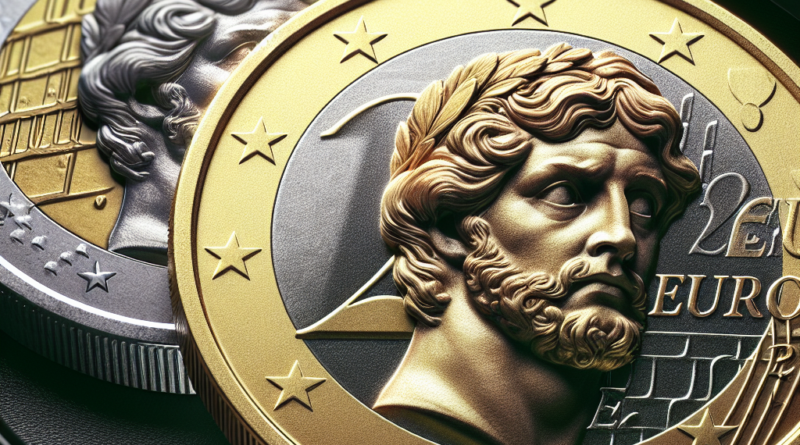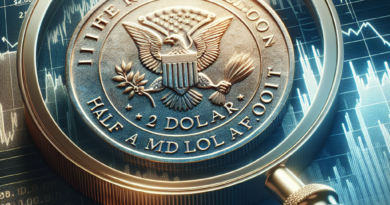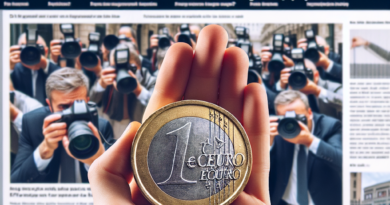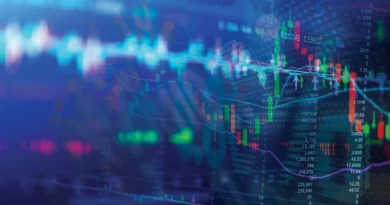How to Identify a Fake 2 Euro Coin
Over 500,000 Counterfeit €2 Coins Seized in Europe’s Largest Bust in the Last 10 Years
Europol, the Spanish National Police, and Mossos d’Esquadra have joined forces in a major operation resulting in the seizure of over 500,000 fake €2 coins.
This marks the largest counterfeit coin bust in Europe in the past decade.
The operation led to the dismantling of the largest Chinese laboratory dedicated to producing counterfeit €2 coins.
The investigation began in 2018 and law enforcement faced various challenges, from the almost non-existent traceability of the fake coins to the mobility of the production labs.
Despite these hurdles, the police operation led to the arrest of 10 individuals and the dismantling of a manufacturing plant in Villacañas, Toledo, capable of producing between 900 and 1,000 counterfeit coins per day.
The Chinese gang had a unique modus operandi for circulating the fake coins, inserting them into gaming machines and casinos.
This news naturally raises questions about how to identify counterfeit coins.
Here’s everything you need to know about recognizing a counterfeit €2 coin and what to do.
How to Recognize Fake €2 Coins?
Whether you’re a numismatic collector or simply someone who has come across “suspicious” coins, you may have wondered at least once how to spot fake coins and banknotes.
Both coins and banknotes have specific characteristics to look out for to distinguish between a “genuine” and a “fake.”
When evaluating whether a €2 coin is “real” or “fake,” the rule of thumb always applies: touch, observe, check, and, one could add, “compare.”
Comparison with a Genuine Coin
If you’re not a numismatic expert, the first advice is to compare a €2 coin of which you are certain of authenticity with the “suspected” one.
By observing the two coins carefully, you might immediately spot discrepancies.
It’s essential to pay close attention to the coin’s edges, the arrangement of certain distinctive elements, and the weight difference.
By comparing, it becomes easier to follow the “touch, observe, check” rule, systematically examining all the coin’s security features.
1.
Touch
When holding the suspicious coin, it’s suggested to close your eyes and touch both faces with your fingers, noting if the reliefs on the coin differ significantly from the rest of the surface.
On euro coins, the map and denomination are always in relief on the faces, as well as the design on the national side.
2.
Observe
The first step is to observe the coin’s edge, perhaps using a magnifying glass.
The edges have different characteristics in terms of size, thickness, and shape for each of the coin denominations.
You can compare the suspicious coin with one of known authenticity.
In general, the outer edge is always raised, interspersed with stars.
Then, carefully examine the inscription on the edge, where you should perceive a raised, well-defined, and uniform milling.
The inscription on the edge features characters or symbols that vary depending on the issuing country.
Next, align the coins and check if the edges align perfectly with the genuine coin.
3.
Check
To determine definitively if the coin is genuine or fake, a simple magnet can be used.
The magnet test is a crucial check.
This is because €1 and €2 coins are bimetallic, with only the inner part being slightly magnetic, while the outer part is not.
This means that if the coin is authentic, the magnet will only stick to the inner part.
What to Do If You Discover a Fake €2 Coin
If you realize you have a counterfeit €2 coin, it’s important not to try to use it to make purchases or pass it on to anyone else, as this would be breaking the law.
The only course of action, upon discovering a fake coin or banknote, is to take it to a Bank of Italy branch or financial institution.
Have the coin examined by an expert who can confirm its authenticity.
Additionally, if the coin was purchased for a collection, you can inform the relevant authorities to identify the seller who provided you with the fake coin.




